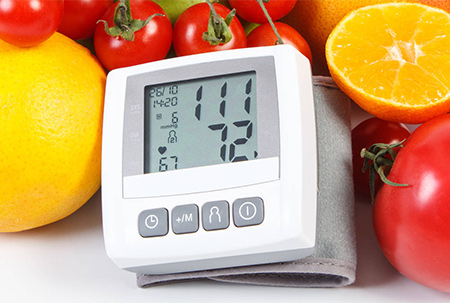Every step counts.
“I need to get in my steps for today.”
If you wear a Fitbit or Apple Watch, you’ve probably said that. If you don’t, you’ve no doubt heard your colleagues say it as they high-step the long route to the copy machine.
Fitbit, blood pressure monitoring, blood sugar monitoring and Apple Health Kit (activity and health info) – our modern healthcare currency.
Just as technology has changed how we communicate, it’s ushering in a rapid evolution in healthcare.

That was then. This is now.
From the Pony Express and carrier pigeons to text and social media — we’re light years from yesteryear. In medicine, Doc Holliday’s house calls have given way to tertiary care medical centers and telemedicine — a new millennium iteration of in-home physician care.
Digital health monitoring brings to life the Venn diagram of technology, people, information and connectivity to improve health care and health outcomes.
If you’ve made Fitbit a lifestyle, you already know the difference it makes. Its digital nudges propel many wearers to make their 10,000 steps per day, increase their heart rates and get more sleep, to name just a few of the aspects.
The Apple Watch tells you when you need to stand up, and even when you should get a drink of water.
Helping chronically ill patients.
Getting chronically ill patients more involved in their care makes a difference. And digital health monitoring makes it a lot easier for providers to manage care for their patients with asthma, diabetes, heart disease or other chronic illnesses.
Some patients manually enter their blood pressure and glucose readings into Houston Methodist MyChart using their computer, phone or tablet. But many devices interface directly with MyChart and automatically enter those readings.
“I can follow up with a patient, review all of their blood sugar readings, make adjustments to their dosages, and they never even have to leave their home for all this to happen,” said Dr. Joshua DeFriece, a primary care physician in Katy who sees some patients via telemedicine.
Here’s what’s next.
“In the same way that once a thermometer was a novel object to have in your home, I envision in the future that we’ll see many more connected devices, such as digital stethoscopes, otoscopes, blood pressure cuffs, glucometers and heart monitors,” Dr. DeFriece said. “Even EKG machines will be in most patients’ medicine cabinets.”
Looks like it’s time to redesign some medicine cabinets.

